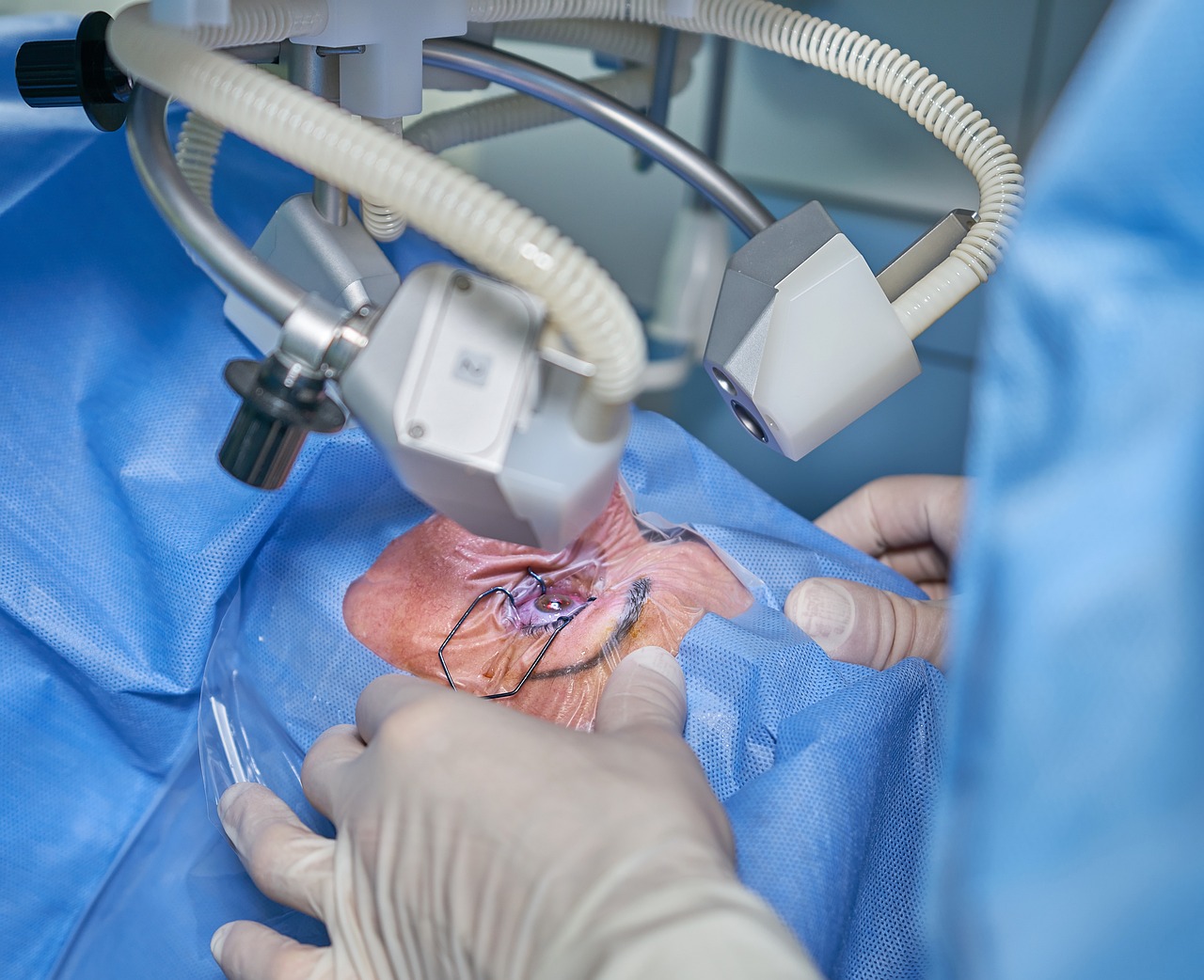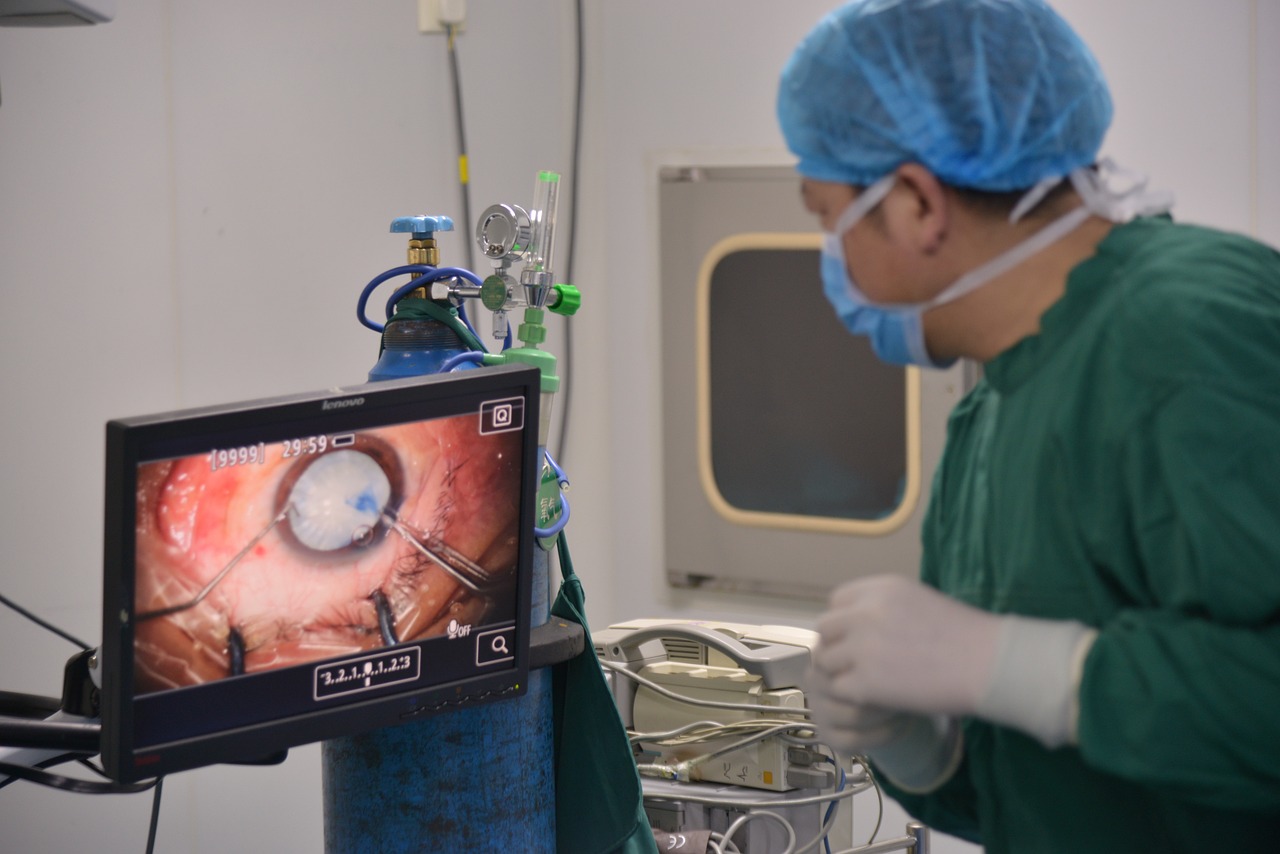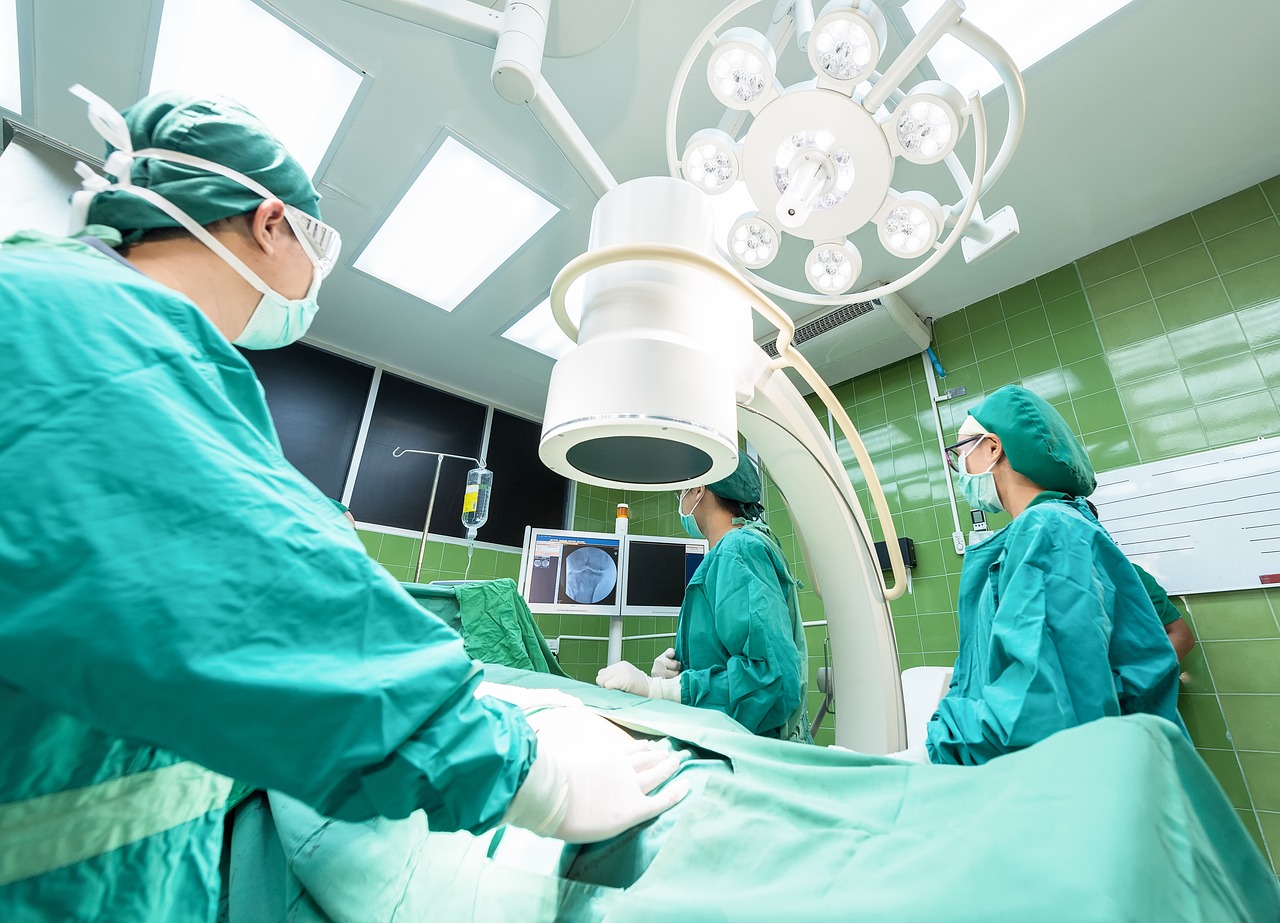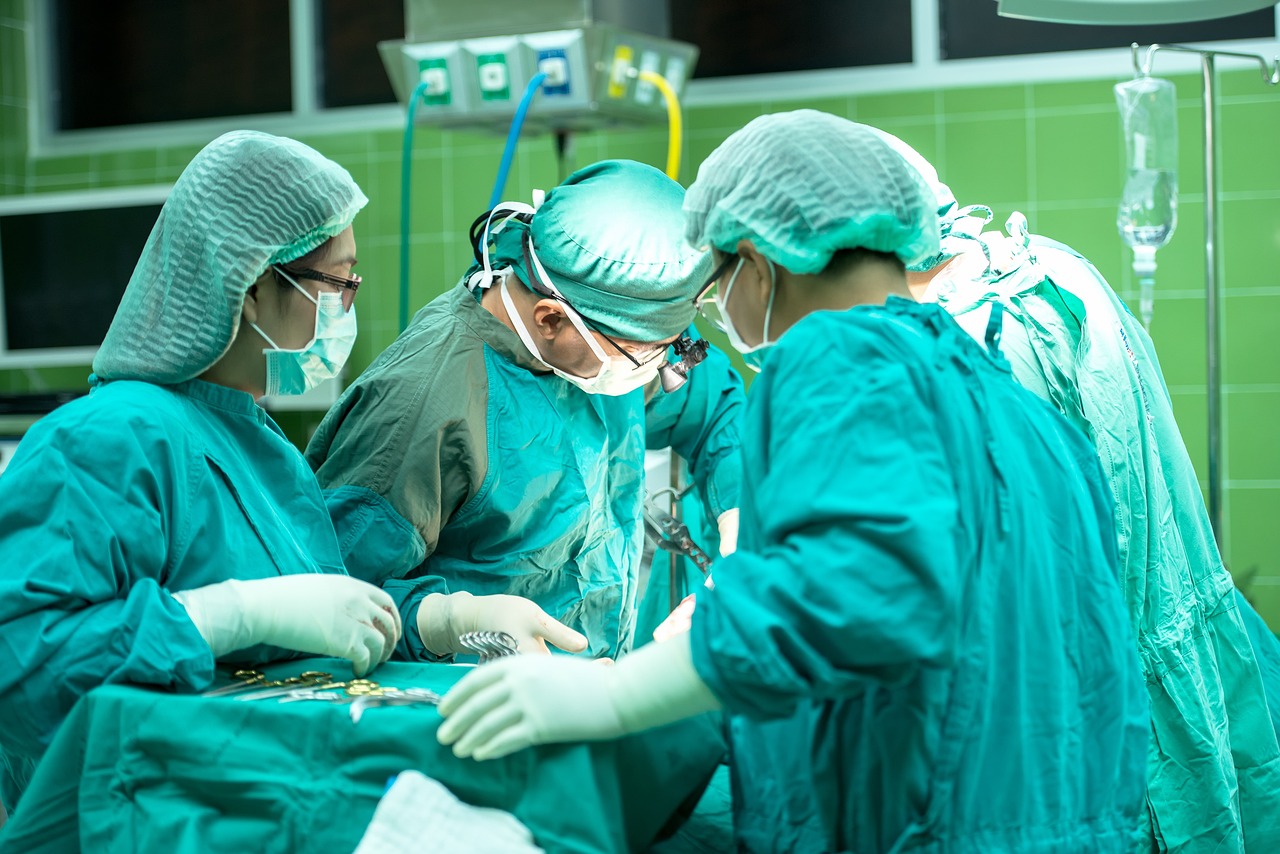Far reaching Manual for Restoration and Medical procedures: Pathways to Recuperation and Further developed Mobility
Restoration and medical procedure assume significant parts in present day medication, giving patients the chance to recuperate from wounds, oversee ongoing circumstances, and work on in general personal satisfaction. At times, careful intercession is important to fix, supplant, or eliminate harmed tissues or organs, while recovery is vital to reestablishing strength, portability, and capability. From joint substitution medical procedures to heart recovery, the combination of both careful and rehabilitative consideration offers patients a compelling way to recuperation.
This article dives into the meaning of recovery and medical procedures across different clinical fortes, inspecting how these cycles connect to work with mending and improve patients' lives. We'll examine the kinds of medical procedures, restoration stages, and the significance of a cooperative way to deal with care, assisting with revealing insight into the prescribed procedures in recuperation and recovery.
1. Types of Medical procedures and Their Parts in Healthcare
Medical procedures are regularly ordered in light of the reason and nature of the method. The essential sorts include:
- Muscular Surgery:
Muscular methodology are performed to resolve issues connected with bones, joints, and muscles. Normal medical procedures incorporate joint substitutions (hip, knee), break fixes, and spinal medical procedures. Muscular medical procedures intend to reestablish versatility, diminish torment, and work on personal satisfaction.
- Cardiovascular Surgery:
Cardiovascular medical procedures treat heart conditions and can incorporate methodology like coronary course sidestep joining (CABG), valve substitutions, and embedding pacemakers. Cardiovascular medical procedures are life-saving techniques that can help oversee or dispense with coronary illness side effects.
- Neurological Surgery:
Neurological or neurosurgery tends to conditions influencing the cerebrum, spinal rope, and sensory system. Models incorporate cancer expulsion, spinal rope decompression, and epilepsy medical procedures. These methods intend to protect neurological capability and work on personal satisfaction.
- General Surgery:
This remembers medical procedures for stomach organs (appendectomy, cholecystectomy), hernia fixes, and colorectal medical procedures. General medical procedures frequently treat intense or constant circumstances, reestablishing organ capability or forestalling further wellbeing crumbling.
- Plastic and Reconstructive Surgery:
Frequently performed for supportive or stylish purposes, these medical procedures incorporate bosom reproduction post-mastectomy, consume fixes, and congenital fissure redresses. Plastic and reconstructive medical procedures assist with reestablishing appearance and work on useful limit.
Every one of these medical procedures can be groundbreaking, and keeping in mind that medical procedure itself is a significant part of therapy, recuperation is similarly significant, including a very much organized recovery process.

2. The Periods of Rehabilitation
Restoration is an organized program of care pointed toward reestablishing capability, easing torment, and streamlining recuperation after medical procedure. Restoration can likewise be preventive, assisting patients with keeping away from inconveniences post-medical procedure. The restoration interaction for the most part contains three stages:
- Stage 1: Quick Post-Employable Rehabilitation
In the underlying days following a medical procedure, the emphasis is on torment the executives, lessening irritation, and forestalling entanglements like blood clumps or contaminations. Actual specialists or word related advisors frequently work intimately with patients to present delicate developments, breathing activities, and fundamental practical assignments to begin the recuperation cycle securely.
- Stage 2: Middle Recuperation and Practical Rehabilitation
This stage normally begins half a month after medical procedure when the patient has recovered some strength. The objective is to work on joint scope of movement, develop muscle fortitude, and reestablish utilitarian exercises. Restoration practices become more serious, and patients are urged to expand their movement levels as they recapture portability and equilibrium.
- Stage 3: High level Restoration and Return to Full Function
In this stage, patients pursue accomplishing full useful recuperation, which might incorporate getting back to work, sports, or day to day existence without constraints. Physical and word related specialists assist patients with refining their developments, decrease the gamble of re-injury, and lay out work-out schedules that they can follow freely to keep up with their advancement.
Each period of recovery requires a customized approach that thinks about the singular's objectives, sort of a medical procedure, and benchmark wellbeing status.
3. Role of a Multidisciplinary Recovery Team
A compelling recovery program relies upon a planned, multidisciplinary group that incorporates:
- Specialists and Physicians
direct the patient's clinical necessities, evaluate progress, and change treatment plans as needs be.
- Actual Therapists
assist patients with recapturing strength, equilibrium, and portability through custom-made practice programs.
- Word related Therapists
help patients with abilities expected for everyday exercises, upgrading their autonomy.
- Discourse and Language Therapists
(for certain neurological or ENT medical procedures) support patients in recovering correspondence, gulping, or mental abilities.
- Nutritionists
assume a critical part by creating dietary plans that help recuperating and keep up with wellbeing.
- Emotional wellness Professional
give guiding, as medical procedure and recovery can mentally challenge.
The cooperation between these experts guarantees that patients get thorough consideration that tends to both physical and profound prosperity.

4. Factors Affecting Restoration Success
A few elements impact a patient's recuperation and restoration results. These include:
- Age:
More youthful patients for the most part recuperate all the more rapidly because of more elevated levels of actual versatility.
- General Wellbeing and Wellness Level:
Prior conditions like diabetes, hypertension, or stoutness can slow the mending system and increment the gamble of inconveniences.
- Mental and Close to home Resilience:
Positive psychological well-being and daily encouragement are related with quicker recuperation. On the other hand, tension, discouragement, or absence of help can impede progress.
- Preoperative Active recuperation (Prehabilitation):
Exploration shows that patients who participate in non-intrusive treatment before medical procedure frequently experience smoother recuperations, as prehabilitation develops fortitude, adaptability, and perseverance.
- Adherence to Postoperative Guidelines:
Consistence with restoration conventions, way of life changes, and endorsed practices assumes a critical part in accomplishing ideal results.
These elements are fundamental for medical services suppliers to consider while planning customized recuperation plans for patients.
5. Challenges in Rehabilitation
Recovery can be truly and intellectually burdening, introducing different difficulties, for example,
- Torment and Discomfort:
Overseeing post-careful agony is a typical issue. Recovery activities can at first intensify uneasiness, making it trying for certain patients to remain propelled.
- Slow Advancement and Frustration:
Recuperation can be steady, and a few patients might feel deterred in the event that they don't see prompt enhancements.
- Monetary Barriers:
Recovery administrations might require extra expenses, and a few patients might battle to get to quality consideration in the event that they need sufficient protection inclusion.
- Transportation and Accessibility:
Patients with restricted portability might experience issues going to face to face recovery meetings, requiring locally established or virtual other options.
Tending to these boundaries is pivotal in guaranteeing impartial admittance to compelling recovery, which might incorporate agony the executives techniques, virtual restoration choices, and monetary help programs.

6. Emerging Patterns in Restoration and Surgery
Headways in clinical innovation keep on upgrading recovery and careful results. Prominent patterns include:
- Insignificantly Intrusive Careful Techniques:
Systems like arthroscopy and laparoscopic medical procedure include more modest cuts, diminishing recuperation time, chance of contamination, and agony. These techniques permit patients to start recovery sooner.
- Advanced mechanics and Man-made brainpower (AI):
Automated a medical procedure upgrades accuracy, while computer based intelligence driven recovery instruments offer redid practice plans, ongoing input, and information following to work on quiet commitment.
- Virtual Restoration (Tele-rehabilitation):
Virtual stages permit patients to get directed recovery practices from a distance, making treatment open for the people who face geographic or actual limits.
- Wearable Innovation and Savvy Devices:
Gadgets like movement trackers and biofeedback sensors assist patients with observing their advancement, streamline works out, and stay responsible during their recovery.
- 3D Printing for Careful Implants:
Custom inserts made with 3D printing innovation give better physical similarity and lessen recuperation times, especially in muscular medical procedures.
These advancements are changing the scene of both medical procedure and recovery, improving the accuracy, openness, and viability of care.
7. Case Studies: Examples of overcoming adversity in Restoration and Surgery
Genuine models delineate the expected effect of a medical procedure and restoration on patients' lives. For example:
- Joint Substitution Success:
A 60-year-old patient with extreme joint inflammation goes through a knee substitution medical procedure. With devoted restoration, they recapture full versatility, lessen persistent agony, and return to a functioning way of life.
- Post-Cardiovascular Medical procedure Recovery:
A patient with coronary conduit infection goes through CABG medical procedure and finishes an organized heart restoration program. They accomplish further developed heart capability, diminished hazard of repeat, and upgraded personal satisfaction.
- Injury Recuperation through Reconstructive Medical procedure and Rehab:
A patient experiencing horrendous injury encounters both physical and mental recuperation through reconstructive medical procedures and broad recovery. This empowers them to get back to work and social exercises.
Each case highlights the extraordinary job of a medical procedure and restoration, featuring the potential for patients to lead satisfying lives post-recuperation.

8. Conclusion: Underlining a Patient-Focused Approach
Restoration and medical procedures are profoundly entwined processes, fundamental to reestablishing wellbeing and usefulness. The excursion from medical procedure through recovery is remarkable for each understanding, requiring a customized, patient-focused approach. Cooperative, multidisciplinary care and cutting edge innovations further help people in recapturing autonomy and working on their personal satisfaction.
At last, the coordination of inventive careful procedures with exhaustive restoration rehearses keeps on rethinking recuperation prospects. As medical services advances, the essential spotlight stays on conveying empathetic, viable, and open consideration that enables patients to accomplish the most ideal results. Whether recuperating from a joint substitution or a heart method, patients can anticipate upgraded emotionally supportive networks and a superior way to health.



You must be logged in to post a comment.